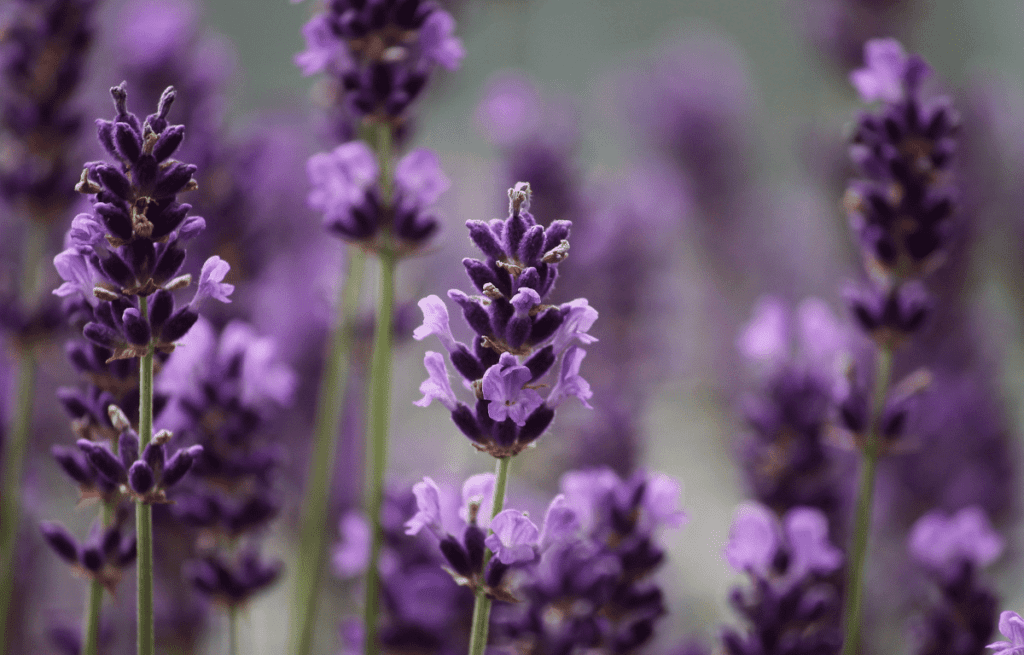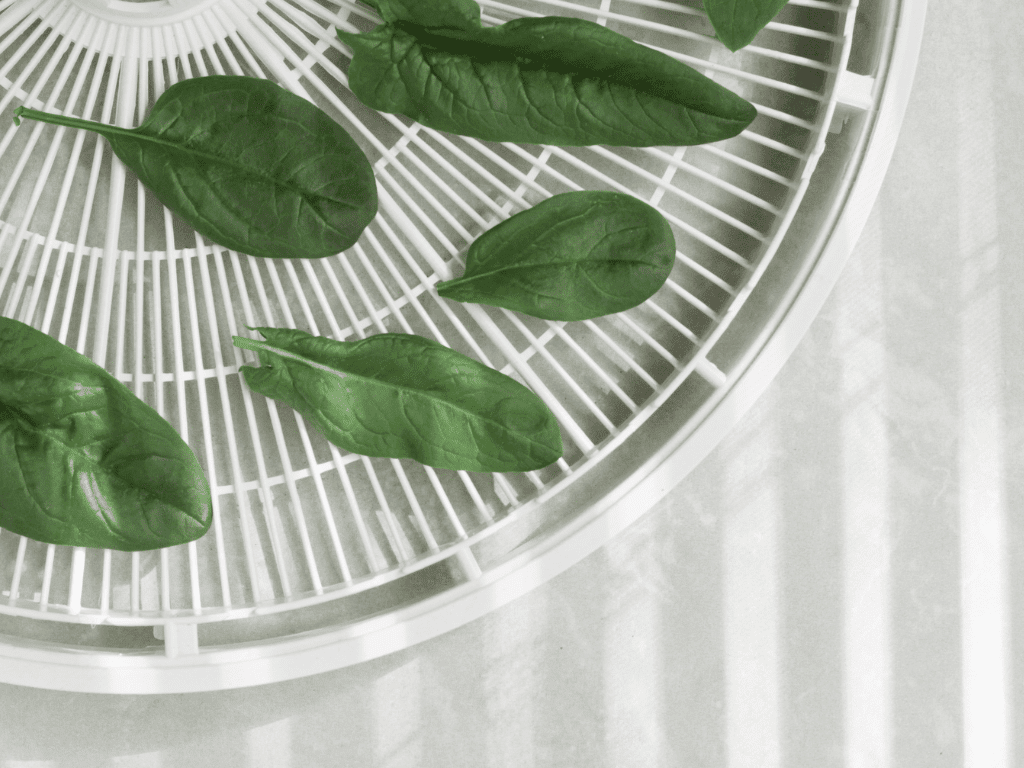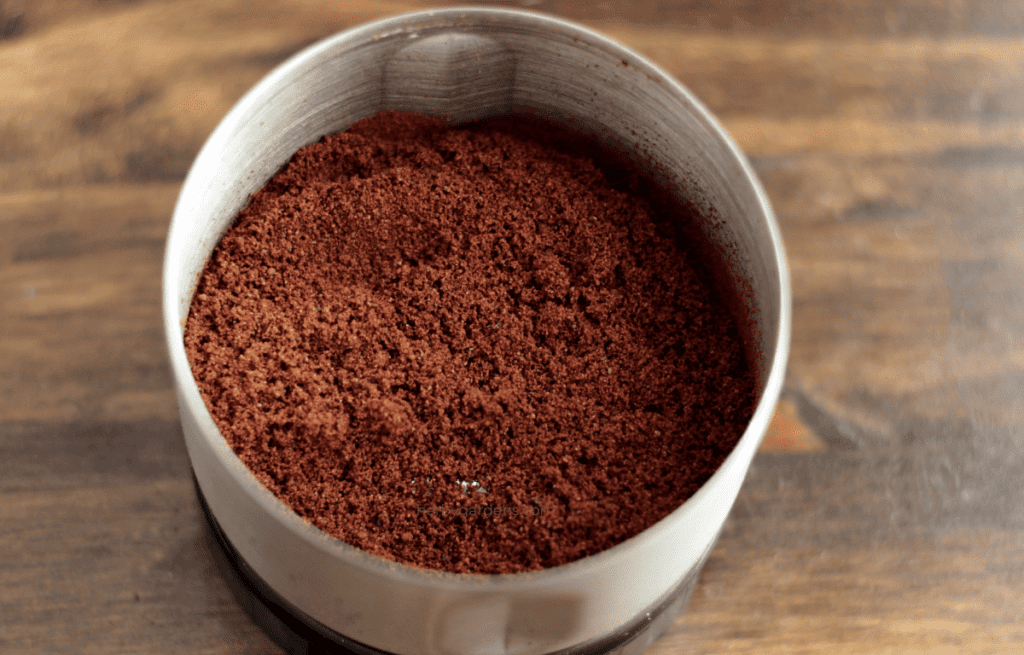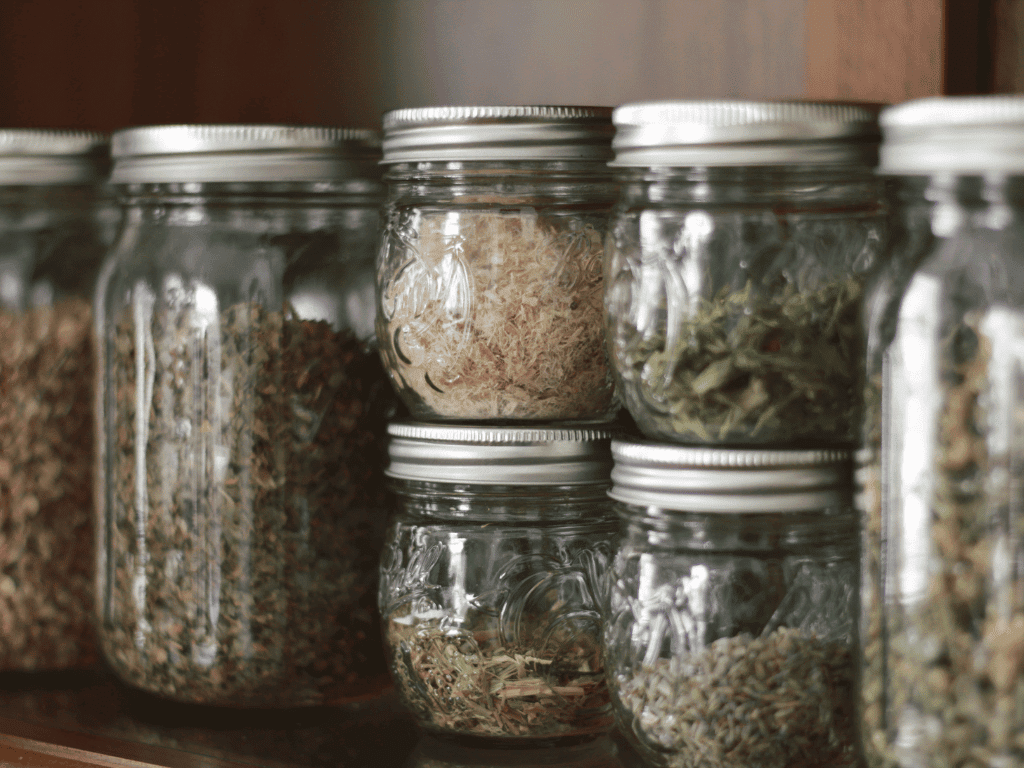I put this herbal medicine making glossary together to serve as a comprehensive guide for key terms, tools, and techniques that we often come across in herbalism books, articles, and other resources.
As you familiarize yourself with these terms and practice using them, you’ll find that the language of herbalism becomes second nature. As you grow in your knowledge and experience, you’ll develop your own relationship with the plants and your unique methods of preparation.
Making Herbal Medicine
Making herbal medicine begins with knowing your plants! Take the time to learn about the best harvesting times, which parts of the plant to use, and how to store them properly – even if you’re not growing your own. This knowledge will help you spot high-quality herbs and avoid subpar ones when making your purchases.
🌱 Grow your own herbs! Buy heirloom seeds from SeedsNow.Com
Making herbal medicine can be as simple or as involved as you want it to be. You might start with something easy, like brewing an herbal tea (infusion) or simmering tougher plant parts into a decoction.
As you get more comfortable, you can explore advanced techniques like making tinctures or even distilling essential oils. Each method we use is designed to draw out the herbs’ beneficial properties so your body can easily absorb and use them.
💡Tip: Keeping things clean and safe is so important when making herbal medicine. Make sure to sterilize your tools, keep your hands clean, and handle your herbs carefully to keep them fresh and free from contamination.
Try this beginner-friendly infused oil recipe:
Lavender Infused Oil
- Fill a clean glass jar with dried lavender flowers (halfway).
- Cover with a carrier oil like olive or almond oil. Make sure to cover the flowers completely with the oil.
- Seal and place in a cool, dark place for 4-6 weeks, shaking daily.
- After 4-6 weeks, gently heat the jar in a double boiler until it’s between 105-110 degrees F.
- Strain and store in a dark bottle for use in massage oils, salves, or as a calming topical oil.

Glossary
A
Amber or Dark Glass Containers: To protect light-sensitive preparations from degradation.

Learn about the medicinal properties of spilanthes
B
Bath Blend: A mix of herbs typically used in a bath for relaxation or to address certain skin conditions.
Bolus: A large suppository or pill intended for insertion into the rectum or vagina.
Join Our Newsletter
Sign up for our monthly newsletter to get easy gardening tips, seasonal to-dos, and herbal recipes delivered right to your inbox.
Thank you!
Check your email to confirm your subscription.
C
Capsule: A dosage form in which an herb (usually in powdered form) is enclosed in a dissolvable gelatin or plant-based shell.
Capsule Machine: A device used to fill capsules with powdered herbs.
Cold Infusion: Some delicate herbs can be damaged by heat, so a cold infusion may be used instead, steeping the herbs in cold water for a longer period of time.
Compress: A cloth soaked in an herbal preparation (such as a decoction or infusion), which is then applied to the body.
Crockpot or Slow Cooker: Used for making long-infused oils and other preparations.
D
Decoction: A method of extraction by boiling durable plant materials such as roots, bark, or stems.
Dehydrator: Used to dry herbs while maintaining their nutritional content.

Distillation: A process used to extract essential oils from plants. The plant material is placed in a still, where it is subjected to heat and steam to release the essential oils.
Distillation Apparatus: Used to create essential oils and hydrosols.
Double Boiler: A special set of pots used for gentle heating, often used to melt beeswax for salves and ointments.
Double Extraction: A process that is commonly used for mushrooms and some types of herbs where both water and alcohol extractions are used to get the most medicinal benefits.
E
Electuary: A medicinal substance mixed with honey or another sweet substance.
Elixir: A sweetened, alcohol-based preparation containing an herb.
Essential Oil: A concentrated oil distilled from plants, typically used for aroma and topical applications.
Evaporation: This process is used to concentrate a liquid extract by removing some or all of the liquid. This is often done in the creation of a solid or semi-solid extract.
Extract: A concentrated preparation where an active constituent of the herb is dissolved in a liquid.
F
Filtering: After an infusion, decoction, or tincture has been prepared, it is often filtered to remove the spent herbs before storage.
Fomentation: Similar to a compress, but usually involves a hot, wet cloth and is often applied with a wrapping to retain heat and moisture.
G
Glass Jars/Bottles: For storing dried herbs, tinctures, salves, oils, etc.
Glycerite: A sweet herbal preparation using glycerin as the extraction medium.
H
Herb Grinder: A device that can quickly grind herbs to a desired consistency.

Herbal Honey: Honey that has been infused with herbs, often used as a natural sweetener in herbal teas, in cooking, or taken directly for certain health benefits.
Herbal Smoke Blend: A blend of herbs intended to be smoked. Some plants have traditional use in this manner, but caution should be exercised due to potential lung damage.
Herbal Steam: An herbal preparation where hot water is poured over herbs to create a steam that is inhaled. Herbal steams are often used for respiratory or skin conditions.
Herbal Vinegar: Vinegar that has been infused with herbs, usually used in cooking or as a hair rinse.
Herbal Wine: A preparation of herbs in wine, used for both its medicinal and preservative properties.
I
Infused Oil: Oil that has been infused with the properties of one or more herbs. Infused oils are often used as a base for salves and balms, but they can also be used for cooking or massage.
Infusion: An extraction process where the plant material (often the more delicate parts, like leaves and flowers) is steeped in hot water.
L
Labels: For clear identification and dating of herbal preparations.
Liniment: A topical preparation made with alcohol, oil, or vinegar for application on the skin to relieve pain and stiffness.
Lozenge: A small medicated tablet intended to be dissolved slowly in the mouth to soothe the throat.
M
Maceration: The process of soaking herbs in a liquid (like oil or alcohol) to extract the active ingredients. This is a common method used in creating tinctures or infused oils.
Mortar and Pestle: Used to crush and grind herbs into a powder.
Muslin or Cheesecloth: Used for straining infusions, decoctions, and tinctures.
O
Ointment: A topical preparation usually made from herbs infused in oil or fat and then thickened with beeswax or similar substances.
Oxymel: An herbal preparation that combines vinegar, water, and honey. Oxymels are often used for their benefits on the respiratory system and digestive system.
P
Percolation: An extraction process where a solvent (such as alcohol) is dripped through a column of herb material to create a tincture. This method is faster than the standard tincture method.
Pill/Tablet: A dosage form in which powdered herbs are compressed into a small, solid dose intended for swallowing.
Pipettes and Droppers: For precise measurement and dispensing of liquid herbal preparations.
Poultice: A moist preparation of ground herbs applied directly to the skin and often wrapped with a cloth.
Powder: Herbs that have been dried and ground into a fine powder. This can be used in capsules, poultices, smoothies, and other applications.

Learn how to make spinach powder
S
Salve: Similar to an ointment, a topical preparation used to promote healing or protection of the skin.
Sanitization: The process of effectively reducing the number of bacteria and other microorganisms to a safe level. It may not completely sterilize the object or surface, but reduces the risk of contamination.
Scale: Used to accurately measure herbs for precise dosage.
Spatulas and Funnels: Used for transferring salves, creams, and other preparations into storage containers.
Sterilization: The process of eliminating all forms of life, including spores, from a specific object or surface. This is important for any tools that will be used in the preparation or storage of herbal remedies.
Suppository: A preparation of an herb intended for insertion into the rectum, vagina, or other body cavity where it will dissolve.
Syrup: An herbal preparation in which an extract of the herb is combined with a sweet syrup base.
T
Tea: Also known as an infusion, typically involves steeping herbs in hot water.
Tea Infuser/Strainer: Used to steep loose leaf herbs without letting the plant material escape into the liquid.
Tincture: An extraction method where the plant material is soaked in alcohol and water, used for more robust or woody parts of the herb.
Tisane: Another term for herbal tea, usually refers to infusions made from herbs other than tea leaves.














